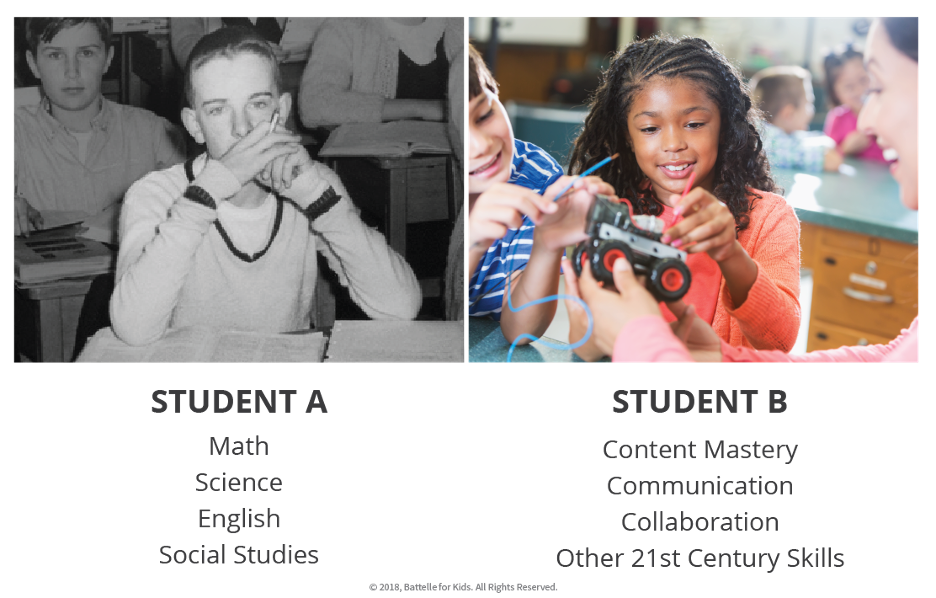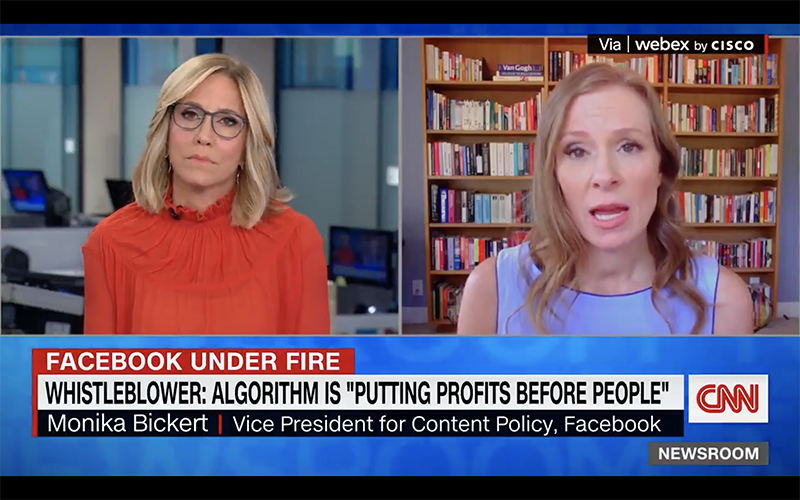In this session from Techonomy 2011 in Tuscon, Ariz., Jim Breyer, Partner at Accel Partners, argues that technology is fueling a new type of direct democracy. He cites the city of Rio De Janeiro as an example of how a local government has used technology to make life safer for its citizens. Also appearing in this video: Techonomy’s David Kirkpatrick and Sean Parker of Founder Fund.
Breyer: It’s not just the citizens. It’s emerging countries, it’s emerging governments, in a positive way. I think that’s the other piece of it. And David, you and I talked, I was in Brazil last week, and I watched firsthand what the mayor or Rio de Janeiro has put together in a command and control center as part of his Smart Cities program, and after having dinner with him, the next morning he said, “Come take a look at how this social network and command and control center’s working, and there will be a major drug bust this afternoon, and here’s what we’re doing. Here’s where we’re putting the mobile hospitals, here’s what we’re doing with this favela, here’s how we’re applying the troops, and we could not have done this a year ago. If we didn’t have social networks, if we didn’t have this kind of command and control center, an ability to mobilize the way we are, there’s no chance they’re going to be able to clean up 70 or so favelas in Rio over the next five to ten years.”
And he is just as much of a proponent of what we just heard as what we’re hearing from a citizen perspective on what’s happening from a revolution perspective in terms of democracy and so on. So I think there are people much more in touch from a political standpoint of what it might mean. I’m continuously impressed on how profound it is in terms of not only the mayor of Rio and that one very specific case example of cleaning up one favela, which will make a very big difference, with 60-some more to go, but the impact on so many different parts of what you’ve addressed over the last couple of days: Jobs, how are we going to create jobs? Well, the discontinuity that’s occurring in higher ed, the fact that there are 100,000 subscribers to a machine learning class at Stanford who will get some form of credit having completed it, and—
Kirkpatrick: Yes. That’s a new thing, too.
Breyer: That’s a new thing, and it’s this quarter, and that’s all over the world. And so the idea, we could call it disintermediation, distance learning, using the social technologies and the social platforms that have been developed over the last now six-plus years to empower not only citizens, but workers who need to get retrained who don’t necessarily have the ability to go to a physical campus, people from all over the world. That kind of impact, we’re just scratching the surface.
Jim Breyer of Accel Partners on Tech and Direct Democracy
In this session from Techonomy 2011 in Tuscon, Ariz., Jim Breyer, Partner at Accel Partners, argues that technology is fueling a new type of direct democracy. He cites the city of Rio De Janeiro as an example of how a local government has used technology to make life safer for its citizens.













